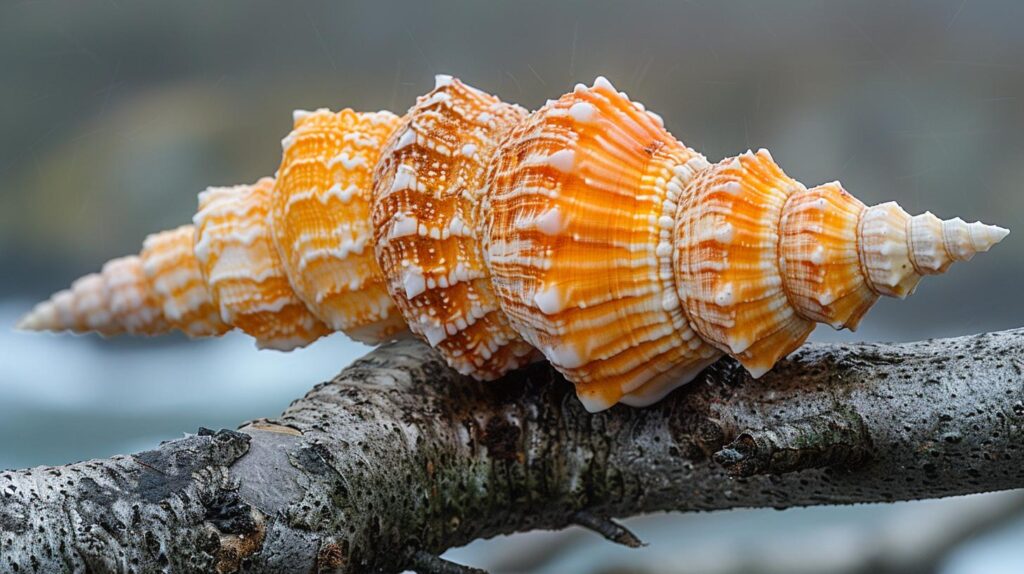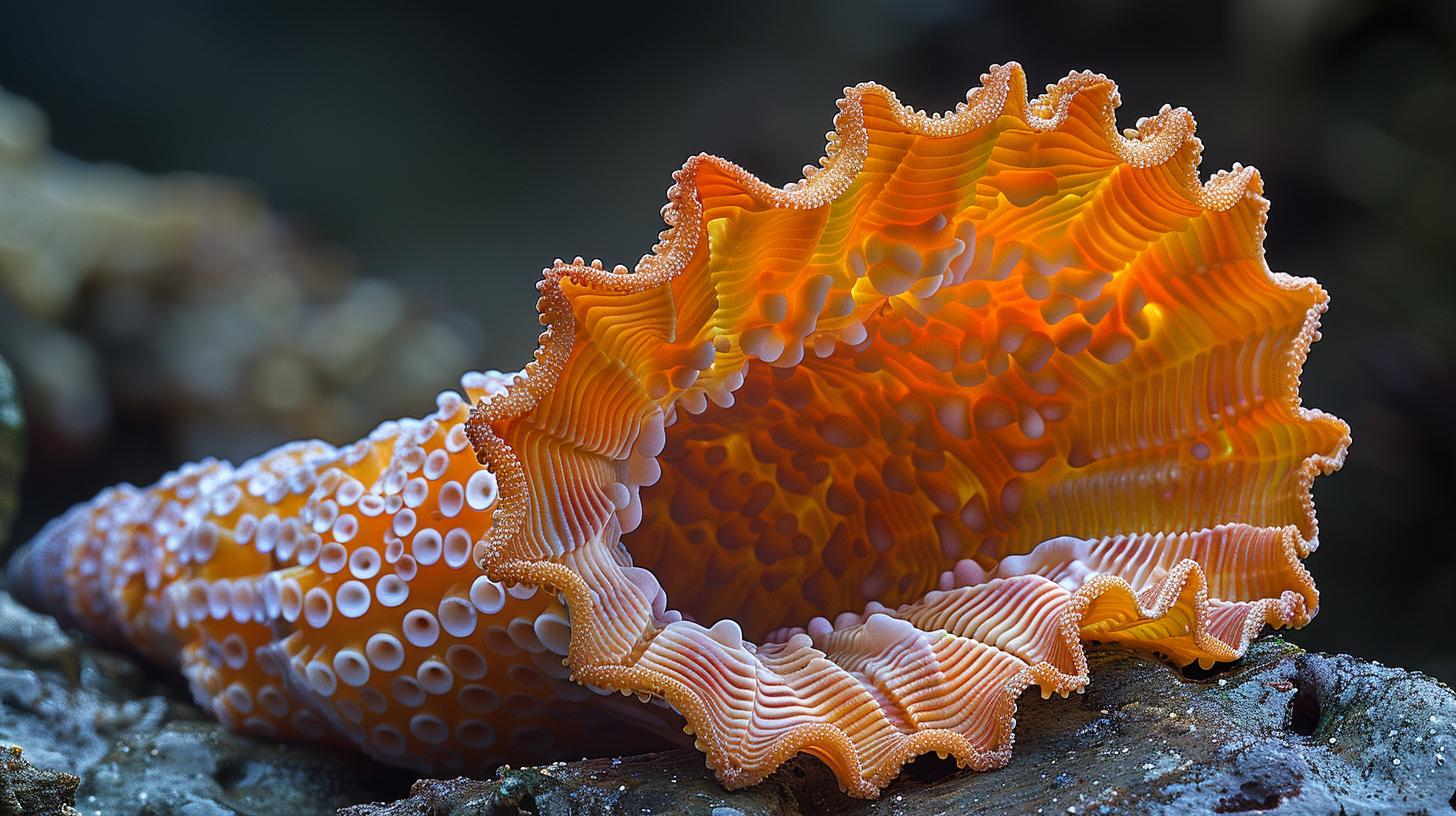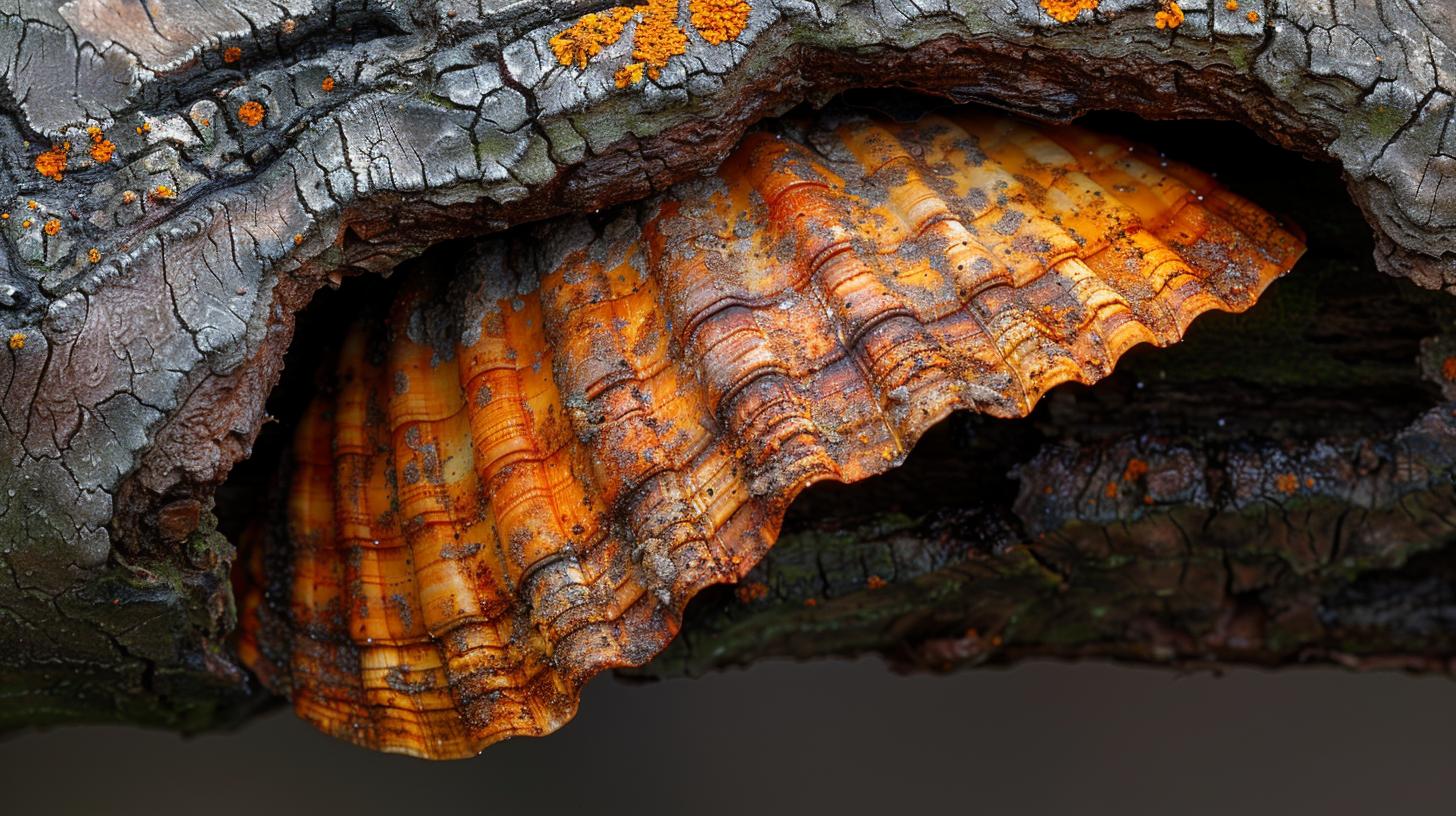Preventing Shell Rot in Turtles: Latest Tips

Understanding Shell Rot
Preventing shell rot in turtles is paramount for ensuring their well-being, and having the right shell rot tips at your fingertips makes a world of difference. Shell rot, a grave condition affecting turtles, can drastically reduce their quality of life, making knowledge and prevention strategies essential for every turtle owner.
This article embarks on an educational journey to unfold the layers of understanding around shell rot-its causes, implications, and why averting it should be a top priority for anyone caring for these reptiles.
Shell rot is more than just an unsightly issue-it's a harmful infection caused by bacteria or fungi that compromises the health of a turtle's shell and overall vitality. It's critical to realize that preventing this condition is not only about maintaining the aesthetic appeal of your pet but essentially about safeguarding its health and longevity.
We delve into what exactly constitutes shell rot, from soft spots on the shell to unpleasant odors that may signify its onset. Recognizing these early signs is crucial in halting the progression of this debilitating condition.
Understanding goes hand in hand with action when it comes to creating an environment conducive to turtle health. Factors such as proper temperature regulation, suitable humidity levels, and immaculate habitat conditions are non-negotiables in preventing shell rot. Equally important is ensuring your turtle has access to UV lighting and clean water-key components in fostering a healthy living space free from pathogens that could lead to shell disease.
By engaging with these foundational insights into shell rot-affecting both physical appearance and internal well-being-the importance of preemptive care becomes evident. Through learning about early detection strategies, environmental setup, nutritious diets, and regular maintenance routines outlined further in this guide, turtle owners are empowered to take decisive steps towards shielding their pets from the perils of shell rot.
Our aim is not merely to treat an existing condition but to fortify our shelled friends against potential threats before they arise, ensuring a happy and healthy coexistence with these fascinating creatures.
The Warning Signs
Identifying early signs of shell rot is paramount in stopping the progression of this condition and ensuring the health of turtles. Early detection allows for prompt treatment, significantly reducing the risk of long-term damage to the shell and underlying tissues. One clear indicator of potential shell rot is the appearance of soft, discolored spots on the shell. These areas may initially seem insignificant but can quickly become problematic without proper attention.
Another telling sign is an unpleasant odor emanating from the shell. This symptom indicates a bacterial or fungal infection taking hold within or under the shell, signaling that immediate care is necessary.
Owners noticing any foul smell should inspect their turtle's habitat for cleanliness and take note if their pet exhibits unusual behavior, such as reluctance to eat or decreased activity levels. These behavioral changes, combined with physical symptoms, suggest a need for a closer examination and possibly professional intervention.
Maintaining vigilance for these warning signs requires regular, careful observation of your turtle's behavior and physical condition. Integrating routine checks into your care regimen not only aids in early detection but also fosters a deeper bond with your pet.
Here, we underline *shell rot tips* emphasizing that prevention through proper habitat management and diet plays a critical role in keeping your turtle's shell healthy. Moreover, understanding these signs directs turtle owners on when to seek veterinary assistance before issues escalate beyond simple at-home care solutions.
| Warning Sign | Action to Take |
|---|---|
| Soft/discolored spots on the shell | Inspect daily; Consider environmental adjustments & seek vet advice if persistent |
| Foul smell from the shell | Clean habitat thoroughly; Consult a vet for potential treatment options |
Continuing from here, it's crucial not only to identify these early warning signs but also to understand and mitigate factors contributing to them directly. The next segments will dive deeper into creating ideal environments that promote shell health and overall well-being of turtles.
Environmental Factors
Creating an optimal living environment for turtles is not just about aesthetics; it's a critical component of their health and well-being, crucial for preventing ailments such as shell rot. An appropriately set habitat mirrors the natural conditions turtles are adapted to, reducing stress and minimizing the risk of infections that can lead to shell rot. Understanding the key environmental factors - temperature, humidity, cleanliness, lighting, and water quality - is fundamental in fostering a safe haven for these reptiles.
Temperature and humidity levels play pivotal roles in maintaining a turtle's healthy shell. Turtles are ectothermic animals, relying on their surroundings to regulate body temperature. Therefore, ensuring their habitat has both basking spots and cooler areas is essential for thermoregulation.
Moreover, appropriate humidity prevents a turtle's shell from becoming too dry, which could lead to cracking and facilitate bacterial or fungal infections that precipitate shell rot. Regular monitoring with reliable thermometers and hygrometers helps maintain these parameters within optimal ranges.
Cleanliness Is Next to Shell Health
The axiom "cleanliness is next to godliness" holds particularly true when it comes to turtle care. A clean habitat minimizes exposure to pathogens that could otherwise invade compromised shells. *Routine cleaning* of the tank or aquatic setup coupled with regular changes of water significantly reduce the build-up of harmful bacteria and fungi known to cause shell rot. It's also pivotal to use filtered or treated water free from chlorine and other chemicals detrimental to turtles' health.
Basking Under the Right Light
Access to adequate UV light profoundly affects a turtle's ability to metabolize calcium through vitamin D3 production - an element vital for shell strength and integrity. Without sufficient UVB exposure, turtles can suffer from metabolic bone disease which weakens their shells making them more susceptible to rot.

Incorporating UVB lighting fixtures in your turtle's habitat simulates natural sunlight essential for their overall health including preventing shell rot tips often emphasize incorporating good quality, full-spectrum lighting sources that cater specifically toward reptilian needs.
Maintaining the correct environmental factors is indispensable in nurturing a thriving setting for turtles that supports robust health including resistance against shell rot. By meticulously managing temperature ranges, ensuring high standards of cleanliness, regulating humidity levels as required species-wise, supplying continuous access to UV light, and regularly refreshing water supplies with caution against contaminants; keepers can substantially mitigate the risks associated with shell rot while enhancing their pet's quality of life.
Diet and Nutrition
Essential Nutrients for Shell Health
A turtle's diet must be carefully curated to include key vitamins and minerals critical for shell development and maintenance. Calcium plays an indispensable role by contributing to shell hardness and integrity, while Vitamin D3 is vital for calcium absorption.
Without adequate sunlight or UV light exposure, turtles are unable to metabolize these nutrients effectively, underlining the importance of a holistic approach to turtle care that combines both dietary strategy and environmental management. Additionally, incorporating foods high in antioxidants supports the immune system in warding off infections that could lead to conditions like shell rot.
Recommended Foods for Optimal Turtle Health
Offering a variety of foods is essential in ensuring your turtle receives all necessary nutrients. Aquatic turtles benefit from a mix of animal-based proteins (such as fish, insects, and commercially prepared turtle pellets) and plant-based materials (like leafy greens). For terrestrial turtles, a diet predominantly composed of vegetables with occasional fruit treats is suitable.
It's crucial to avoid over-reliance on fruits due to their sugar content which can lead to health issues over time. Moreover, supplementing with specially formulated turtle vitamins can help in cases where dietary balances may not be entirely achieved through food alone.
Among these *shell rot tips*, maintaining optimal nutrition stands out as both foundational and critically preventative. By providing balanced meals enriched with vitamins like D3 and minerals such as calcium, alongside ensuring proper UV light exposure for effective nutrient metabolism, turtle owners can significantly limit their pet's risk of developing shell rot. Regularly evaluating the diet against updated nutritional standards will further reinforce these preventive measures, safeguarding your turtle's health against potentially debilitating conditions.
Regular Shell Care and Maintenance
Proper shell care is a cornerstone in preventing shell rot in turtles, acting as a powerful defense against the onset of this condition. Regular maintenance not only keeps the shell in prime condition by warding off harmful bacteria and fungi but also provides an opportunity for early detection of any signs that may indicate the beginning stages of shell rot.
By integrating routine shell care into your turtle's healthcare regime, you can ensure its habitat promotes overall health and longevity.
The importance of gentle cleaning cannot be overstressed when it comes to maintaining a healthy turtle shell. Employing safe cleaning products designed for turtle care is crucial, as is using soft cloths or brushes that do not damage the integrity of the shell.
It's recommended to conduct a mild cleaning session weekly, taking special care to rinse off any soap or cleanser thoroughly. Additionally, providing a basking area with adequate UVB light encourages natural behaviors like self-cleaning through sunning, which is essential for shell health.
Incorporating these practices into your routine significantly reduces the risk of shell rot but remember that observation plays an equally important role. Regular inspections for any abnormalities-such as cracks, soft spots, or unusual coloration-are vital:
- Look for any changes in texture or color.
- Smell for any foul odors emanating from the shell.
- Feel for soft spots which could indicate early stages of decay.
These simple yet effective shell rot tips should become second nature to anyone caring for a turtle. Ensuring you have created a balanced and nutritious diet complemented by these proactive measures in regular shell care sets a solid foundation against potential health threats like shell rot.
Moreover, incorporating such habits reinforces the bond between pet and owner, as it signifies time spent nurturing and understanding your reptilian companion without ending on preventative measures alone; there's always more to explore regarding turtle well-being beyond the basics of daily maintenance and dietary needs. This opens up further avenues for education on advanced care techniques and specialized veterinary services that cater specifically to reptiles, ensuring they lead full and healthy lives under human care.
Professional Health Checks
Ensuring your turtle receives regular veterinary care is a crucial step in the prevention of shell rot and maintaining overall health. Turtles, much like other pets, benefit significantly from professional health assessments which can pinpoint issues before they become apparent to even the most vigilant owners.
Veterinary experts are trained to detect subtle signs of shell rot and offer *shell rot tips* tailored to each individual case. These professionals provide invaluable advice on care routines, dietary adjustments, and habitat modifications that support a healthy turtle lifestyle.
During a routine veterinary visit, several aspects of your turtle's health will be assessed. Aside from conducting a physical examination of the shell for any abnormalities such as soft spots or unusual discoloration, veterinarians also evaluate the turtle's diet and living conditions.

They can recommend supplements or adjustments necessary for ensuring your pet receives the right balance of vitamins and minerals essential for strong shell growth and resilience against conditions like shell rot. Remember, early detection plays a pivotal role in effectively managing and treating shell rot; thus, regular check-ups can be lifesaving.
To make the most out of these visits, it's beneficial for turtle owners to come prepared with observations about their pet's behavior, appetite changes, or any concerns regarding their habitat environment. An informed dialogue between the vet and pet owner often leads to more personalized care strategies that further fortify against health issues.
- Record any changes in behavior or appetite
- Note any discoloration or damage to the shell
- Monitor water quality parameters if your turtle is aquatic
Creating a healthcare timeline through these notes not only helps in monitoring for potential problems but also enriches the understanding between pet owners and veterinary professionals concerning optimal *turtle care practices*.
Professional veterinary input is more than just an added measure-it's an integral component of preventive healthcare that ensures turtles thrive under human care. While many aspects of keeping turtles healthy seem straightforward-such as maintaining clean habitats or providing balanced diets-veterinarian insight can uncover nuances that make significant differences. Their expertise extends beyond immediate medical care; it encompasses guidance on long-term wellness strategies inclusive of dietary recommendations critical in preventing ailments like shell rot.
By integrating regular veterinary consultations into your turtle's care routine, you proactively safeguard against numerous potential health concerns while gaining direct access to expert *shell rot tips*. This approach ensures not only longevity but also enhances the quality of life for these fascinating reptiles-keeping them robust and resilient against diseases like shell rot which require diligent attention to avoid.
Shell Rot Tips
In wrapping up our exploration into preventing shell rot in turtles, it's clear that understanding and implementing the right care practices are paramount. The journey from grasping the basics of what shell rot is and why it significantly impacts the health of these beloved reptiles, to recognizing the early warning signs and creating an optimal habitat, underscores the critical nature of prevention.
Incorporating a balanced diet rich in essential nutrients further fortifies our shelled companions against this condition. However, beyond nutrition and environment, embracing regular shell care routines alongside professional veterinary insights can substantially mitigate the risks associated with shell rot.
Our discussion on practical preventative measures offers invaluable shell rot tips, empowering turtle owners with actionable steps to safeguard their pets' health. Emphasizing the importance of cleanliness, not only within the turtle's habitat but also in handling, highlights one such measure among many that resonate through our guide. This comprehensive approach reiterates that prevention isn't merely about avoiding disease but is central to fostering a thriving life for turtles under our care.
To delve further into ensuring your turtle enjoys a robust life free from the clutches of shell rot, we invite you to continue exploring our site. Discover more articles laden with expert advice, innovative care strategies, and nutritional tips designed to elevate your pet care practice.
Engage with our content library for a deeper understanding and enhanced skills in protecting these extraordinary reptiles. Your commitment to learning and applying these guidelines not only enriches your turtle's life but also contributes positively to the broader community of reptile enthusiasts worldwide.
Frequently Asked Questions
How Do You Deal With Shell Rot?
To address shell rot, it's crucial to start with cleaning the infected area gently but thoroughly with antiseptic solutions. Consult a veterinarian who specializes in reptiles immediately for an accurate diagnosis and treatment plan.
They might recommend removing dead tissue, applying topical antibiotics, or even oral medications depending on the severity of the infection. Keeping the environment clean and well-maintained to prevent future occurrences is equally essential.
What Is the Best Medicine for Shell Rot?
The best medicine for treating shell rot typically involves topical antibiotics prescribed by a veterinarian after assessing the affected reptile. In certain cases, they might also prescribe oral antibiotics to combat more severe infections internally. It's important not to self-medicate without professional advice, as improper treatment can worsen the condition.
Is Shell Rot Contagious to Humans?
Shell rot itself is not contagious to humans since it is caused by fungal and bacterial infections unique to reptiles' physiological conditions. However, practicing good hygiene and wearing protective gloves when handling infected animals or cleaning their habitats can prevent the potential transmission of other bacteria or pathogens present.
Can You Put Neosporin on Shell Rot?
While Neosporin (a common over-the-counter antibiotic ointment) can be used on minor cuts and scrapes on humans, its safety and efficacy for treating shell rot in reptiles are not well-documented. Always consult a veterinarian before using any medications on your pet, as they can recommend the most appropriate treatment options based on individual health needs.
Can You Reverse Shell Rot?
It's possible to reverse shell rot if caught early and treated appropriately under veterinary supervision. Treatment success depends on several factors, including the infection's severity, timely intervention, and implementing proper care practices thereafter. Recovered individuals may still show signs of previous damage but can lead healthy lives with proper management.
What Happens if Shell Rot Goes Untreated?
If left untreated, shell rot can advance significantly, leading to systemic infections that jeopardize the animal's overall health and wellbeing. The infection could spread beneath the shell into bone structures or internal organs causing irreparable damage or even fatality in severe cases Hence immediate treatment upon detection is critical for recovery prospects.
Leave a Reply
You must be logged in to post a comment.